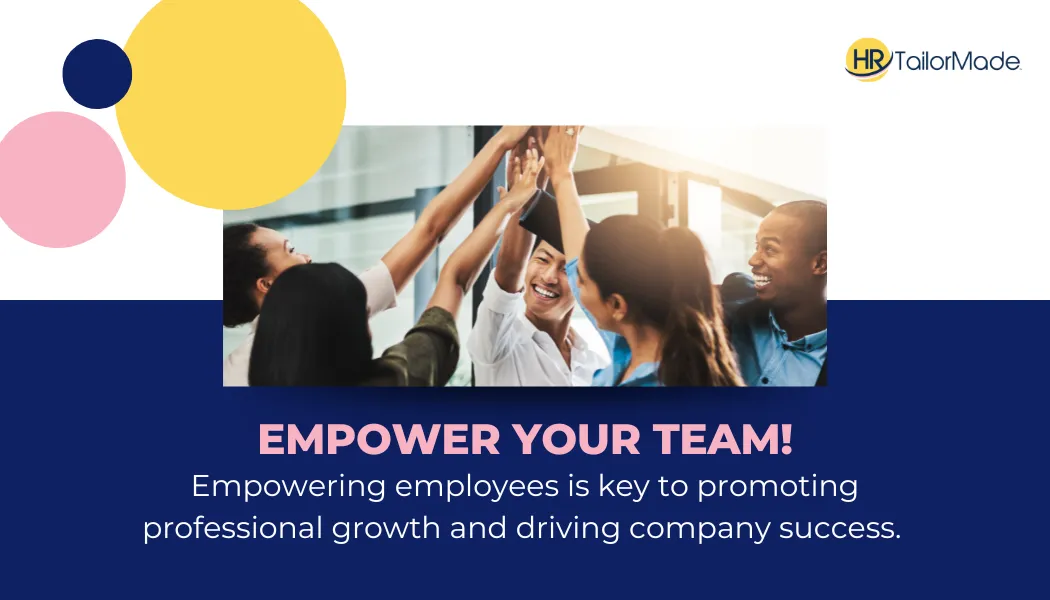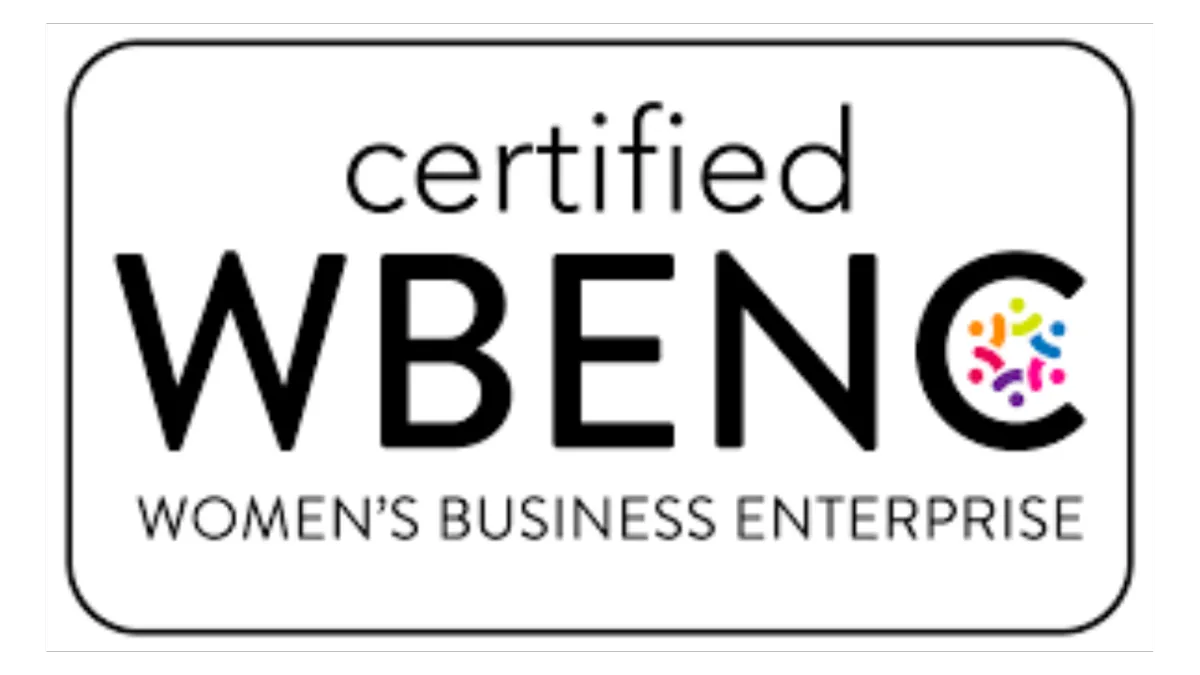Check Out Our Blogs for Workplace Support


Empowering Employees: Strategies for Professional Development and Growth
When running a business, it doesn’t matter how big or small your organization is—empowering employees is crucial for your team’s professional development and growth. Creating an environment where employees feel supported and motivated can unlock their full potential and lead your company toward success. By investing in your team’s development, you’re not just fostering individual growth, but laying the foundation for your organization’s long-term prosperity.
Here are some actionable strategies to help you cultivate a thriving workforce.
Understand Career Goals
In a leadership position, it’s important to know your employees’ long-term aspirations. It’s not enough to understand what got them to the position they’re in; you must understand where they want to go. Do they want to remain in their current industry? Are they aiming for a leadership role? Do they prefer to stay as an individual contributor? When you know what’s driving them, you can offer better support.
Too often, leadership sets its own goals for employees. When these are unaligned with an individual’s goals for professional growth and development, it can quickly lead to dissatisfaction and turnover. Yet when you recognize team members’ potential and support their ambitions, they feel more empowered. For instance, if an employee expresses a desire to transition into a leadership role, consider offering mentorship opportunities or leadership training programs they can participate in to prepare them for the position.
Transparent Communication & Planning
To gain insight into where your employees want to be, have an open and transparent conversation with them about their career goals and how you envision their growth within the company. Align your expectations and ensure both parties are on the same page.
Based on this conversation, create a personalized development plan that outlines the steps they need to take to reach the next level. This plan should include specific projects, responsibilities, and learning opportunities that will help them grow, as well as a timeline for it to occur.
Provide Growth Opportunities
Once the plan is in place, it’s time to set it into action. Assign stretch projects and responsibilities that challenge team members and allow them to develop new skills. Ensure these assignments are meaningful and aligned with their career goals and provide a mentor when necessary.
Leaders should provide constructive feedback regularly, especially concerning stretch assignments. This feedback is vital for the team’s growth and development. Regular check-ins can address challenges and celebrate successes, reinforcing a growth mindset.
Remember, you want to encourage a culture where employees feel safe to fail. If they stumble on a growth project, use it as a learning opportunity rather than penalizing them. If an employee’s new marketing strategy doesn’t yield the expected results, analyze what went wrong together and discuss possible improvements. This approach builds a supportive environment where employees feel empowered to take risks and innovate.
Create Clear Paths for Advancement
Even in small organizations, it's necessary to define clear growth paths. Identify the skills needed at each level and communicate them to your team. This clarity helps employees understand how they can progress within your company.
If certain roles don't currently exist but are part of your future vision, communicate this to your employees. For example, if you plan to expand your marketing department in five years, let your social media manager know. This transparency gives them a sense of purpose and direction, should they desire to grow with your organization. You can also outline intermediate steps they can take now to help prepare for these future roles.
Empower Through Authority
Clearly define the lines of authority and decision-making within your organization. Employees should know what decisions they can make independently, which require collaboration, and which are solely yours to make.
For example, budget-related decisions are typically reserved for management. However, employees can make recommendations based on their insights. Client-related decisions should involve collaboration. Employees who work closely with clients can provide valuable recommendations, which their manager can review and finalize together. Operational decisions, such as responding to client comments online, can be left to employees, empowering them to act swiftly and confidently in their roles.
By following these strategies, you can create a supportive environment that empowers employees to grow and succeed. Remember, investing in your employees' development is an investment in your company's future.
Need help implementing these team growth strategies in your organization? Contact HR TailorMade today and let us assist you in building a professional development framework that empowers your team and drives your business forward.

We can help you!
Our HR services have helped a myriad of companies improve their bottom-line, save time and improve employee retention. Isn’t this what business owners want?
If you are ready to scale your business by getting your HR house in order, book your complimentary HR strategy session!
We can help you!
Our HR services have helped a myriad of companies improve their bottom-line, save time and improve employee retention. Isn’t this what business owners want?
If you are ready to scale your business by getting your HR house in order, book your complimentary HR strategy session!


Stop ‘Winging’ the Onboarding Process
Download our 8-step Onboarding Checklist to make things
easy on you…and better for the whole team
Download the FREE Checklist:
I agree to terms & conditions provided by HR TailorMade. By providing my email address I agree to receive email messages knowing I can easily unsubscribe at any time.
